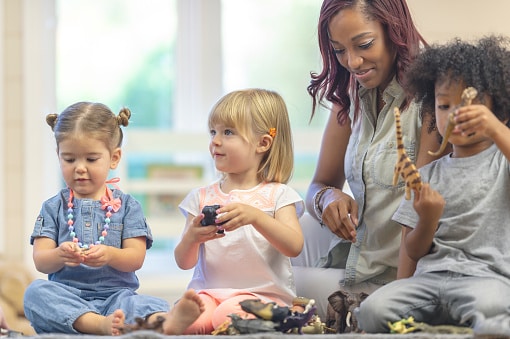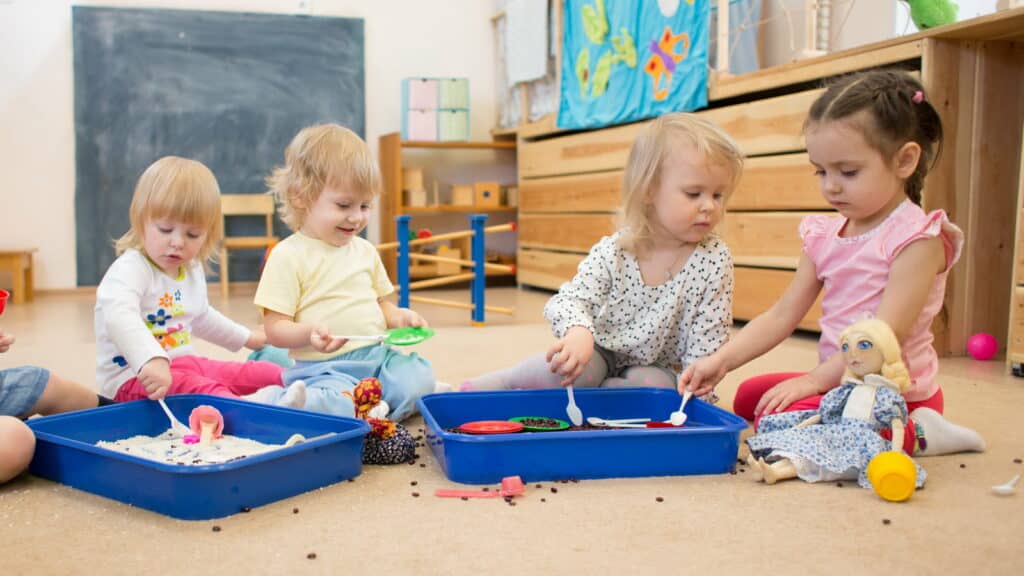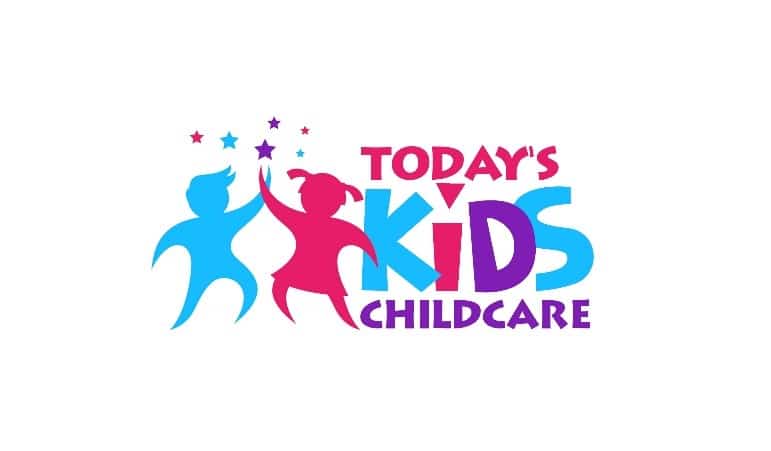Daycare centers provide a safe and nurturing environment where children can grow, learn, and play while their parents or caregivers are at work or otherwise occupied. While each daycare may have its unique schedule, a typical day in daycare centers generally follows a structured routine that supports children’s development and well-being.
In this blog post, we’ll take a glimpse into a typical day in daycare to understand the rhythms and activities that fill these vital early learning spaces.
A Peek Inside the Daycare: A Typical Day in the Life of Young Learners
Morning Arrival and Greeting:
- Drop-off Time: Parents or caregivers bring their children to the daycare center in the morning. A warm welcome from the daycare staff sets a positive tone for the day.
- Health Check: Upon arrival, children’s health is assessed. Any special instructions, such as dietary preferences or allergies, are shared with the caregivers.
Morning Activities:
- Free Play: The morning often begins with free play, allowing children to choose from various toys and activities. This fosters creativity, socialization, and independent play.
- Circle Time: A structured circle time involves activities like singing songs, reading stories, or discussing the day’s theme. Circle time promotes language development and group participation.
- Snack Time: Mid-morning, children gather for a nutritious snack. This is also an opportunity for social interaction and learning about proper table manners.

Outdoor Play:
- Fresh Air and Exercise: Daycare centers typically incorporate outdoor playtime, weather permitting. This time allows children to run, climb, explore nature, and expend energy.
Educational Activities:
- Learning Centers: Children engage in age-appropriate learning activities in various centers, such as art, math, science, and literacy. These activities encourage cognitive development.
- Structured Lessons: Some daycares offer structured lessons that focus on early literacy, numeracy, and other essential skills.
Lunch and Rest Time:
- Lunch: Children have a balanced lunch together, promoting socialization and healthy eating habits.
- Nap or Rest: After lunch, children have a designated rest time. Even if they don’t sleep, it’s a quiet period that helps them recharge for the afternoon.
Afternoon Activities:
- More Learning: The afternoon continues with educational activities, often tailored to the children’s interests and needs.
- Arts and Crafts: Creative activities like arts and crafts allow children to express themselves and develop fine motor skills.

Outdoor Play and Snack:
- Second Outdoor Playtime: If there’s a second outdoor session, children can enjoy more time in the fresh air.
- Afternoon Snack: Another nutritious snack provides energy for the remaining activities.
Closing Routine:
- Cleanup: Children participate in cleaning up their play areas, teaching responsibility and teamwork.
- Parent Pick-up: Parents or caregivers return in the late afternoon to pick up their children, greeted by happy faces and stories of the day’s adventures.
A typical day in daycare is filled with a blend of structured learning, playtime, nutritious meals, and outdoor exploration. This well-organized routine not only ensures children’s safety but also supports their development in various domains, including cognitive, social, emotional, and physical. Daycare centers play a crucial role in preparing young learners for the challenges and joys of their educational journey.
